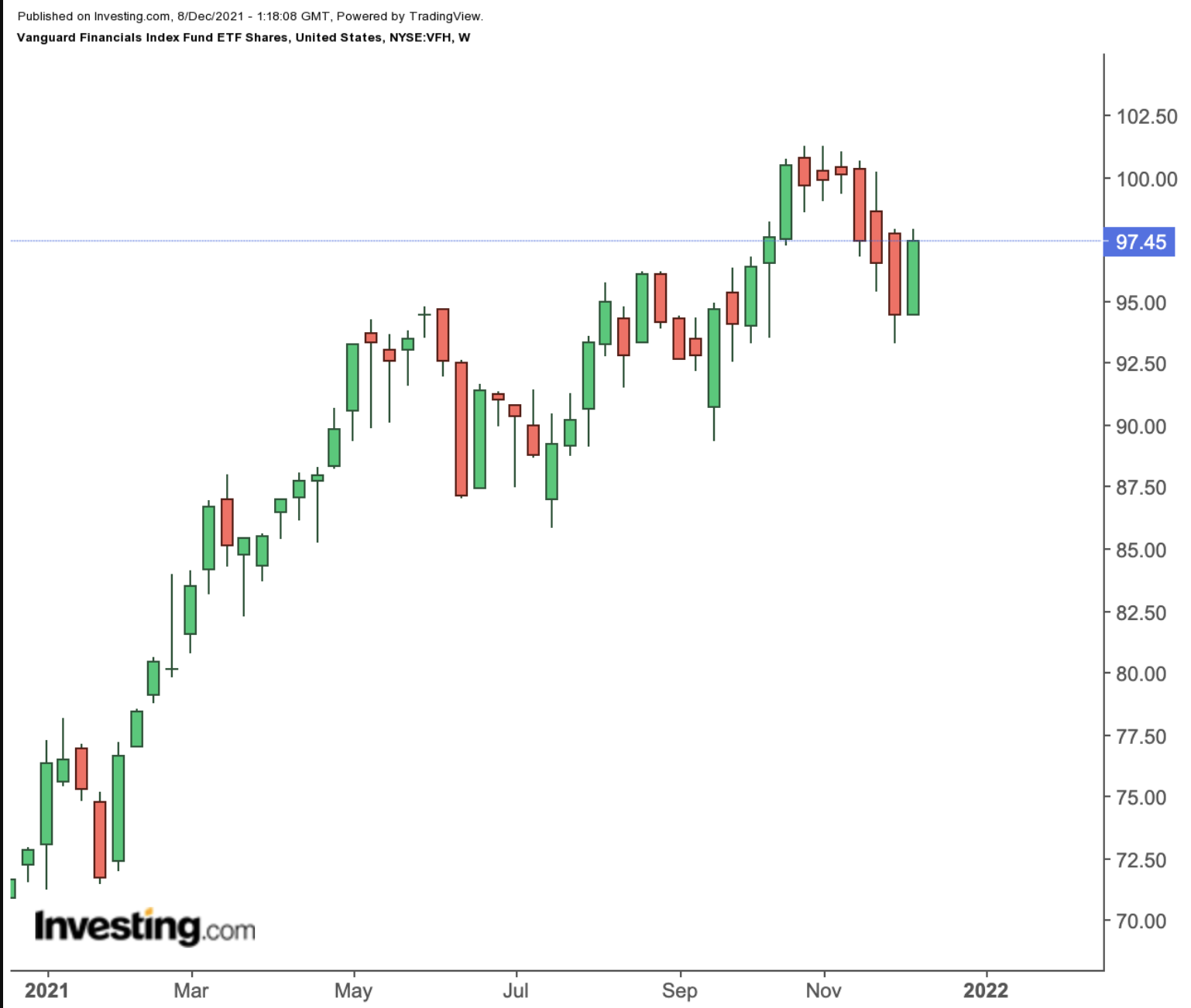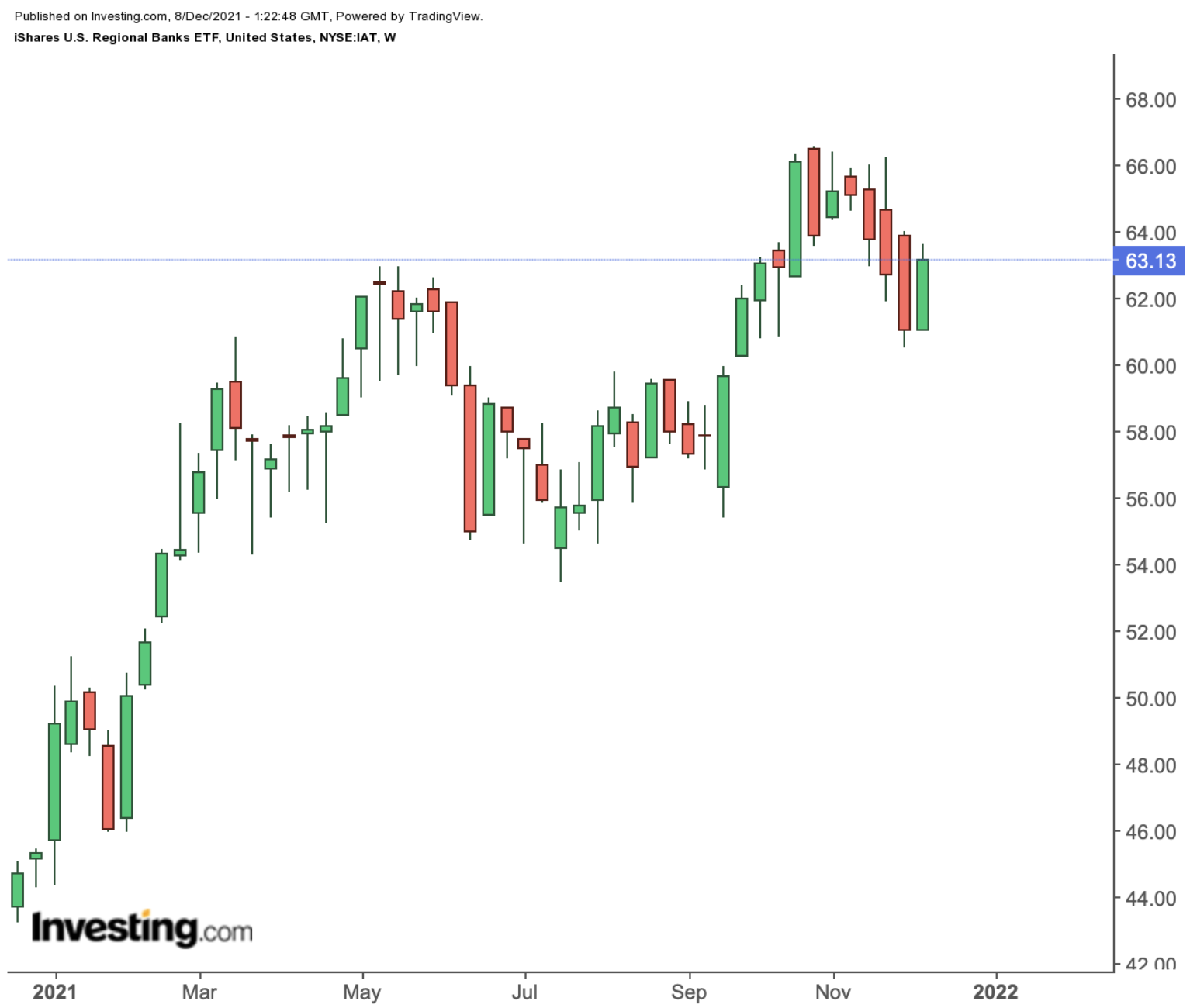In late November, US President Joseph Biden reappointed Jerome Powell as chair of the Federal Reserve. He will serve another four-year term.
Given uncertainties regarding how the new Omicron variant of COVID-19 might affect Wall Street, analysts are debating when Powell might pull back on accommodative Fed policies and start raising interest rates.
Meanwhile, he recently testified before the Committee on Banking, Housing and Urban Affairs, and said:
“The recent rise in COVID-19 cases and the emergence of the Omicron variant pose downside risks to employment and economic activity and increased uncertainty for inflation. Greater concerns about the virus could reduce people's willingness to work in person, which would slow progress in the labor market and intensify supply-chain disruptions.”
Later this week, the Consumer Price Index for November will be released. In the case of heightened inflationary pressures, Wall Street expects an imminent change in Fed’s monetary policy. In recent months, the pace of consumer inflation has been about triple the Fed target of 2%.
Financial stocks, like bank shares, typically perform well when interest rates increase. A bank’s profitability improves when it lends money at a higher rate.
As a spokesperson for the Federal Reserve Bank of St Louis noted:
“… banks prefer high interest rates, and certainly their revenues are likely higher when interest rates on loans and other investments are higher.”
According to a report overseen by the US International Trade Administration (ITA),
“Financial markets in the United States are the largest and most liquid in the world.”
In 2020, the market in the States was valued at close to $4.8 trillion.
With that information, here are two exchange-traded funds (ETFs) that could appeal to investors who expect higher returns from US-based financial shares.
1. Vanguard Financials Index Fund ETF Shares
- Current Price: $97.45
- 52-Week Range: $69.86 - $101.26
- Dividend Yield: 1.85%
- Expense Ratio: 0.10% per year
The Vanguard Financials Index Fund ETF Shares (NYSE:VFH) invests in a range of US-based financial shares. The fund was first listed in January 2004, and net assets stand around $12.8 billion.

VFH, which has 394 holdings, tracks the Vanguard US IMI (LON:IMI) Financials 25/50 Benchmark. Meanwhile, the main five segments in the fund are: diversified banks (24.10%), regional banks (14.50%), asset management and custody banks (10.30%), and financial exchanges and data (8.90%) and investment banking and brokerage (8.90%).
JP Morgan Chase (NYSE:JPM), Berkshire Hathaway (NYSE:BRKa) (NYSE:BRKb), Bank of America (NYSE:BAC), Wells Fargo (NYSE:WFC) and BlackRock (NYSE:BLK) lead the names on the roster. Around 40% of net assets are made up of some of the largest US financial names.
The fund has returned 31.5% so far in 2021 and hit an all-time high in early November. Since then, VFH is down more than 5%. Trailing P/E and P/B ratios stand at 11.5x and 1.7x, respectively.
Despite the significant run-up in price in the past year, we remain bullish on the segment. Understandably, there is likely to be choppiness in short-term prices, especially as daily headlines regarding the Omicron variant and potential moves by the Fed persist. Nonetheless, buy-and-hold investors could consider investing around current levels.
2. iShares US Regional Banks ETF
- Current Price: $63.13
- 52-Week Range: $43.19 - $66.56
- Dividend Yield: 1.84%
- Expense Ratio: 0.41% per year
From large financial names with global operations, we move on to regional banks, which are typically mid- and small-size banks. Recent metrics highlight:
“The market size, measured by revenue, of the regional banks industry is $213.2 billion in 2021.”
The iShares US Regional Banks ETF (NYSE:IAT) provides exposure to the regional bank sub-sector of the US financial industry. The fund, which is reconstituted quarterly, was first listed in May 2006.

IAT, which has 39 holdings, tracks the returns of the Dow Jones US Select Regional Banks Index. Net assets stand at $1.38 billion.
As the leading 10 stocks make up more than 60% of the fund, it is a top-heavy ETF. Among the premier names are PNC Financial Services (NYSE:PNC), Truist Financial (NYSE:TFC), US Bancorp (NYSE:USB), First Republic Bank (NYSE:FRC) and SVB Financial Group (NASDAQ:SIVB).
Year-to-date, IAT returned more than 37.6% and hit a record high in late October. Since then, it has lost over 5%. Trailing P/E and P/B ratios stand at 21.62x and 1.61x, respectively. We believe a short-term decline toward $60 is possible and would offer a better margin of safety for new investors.
